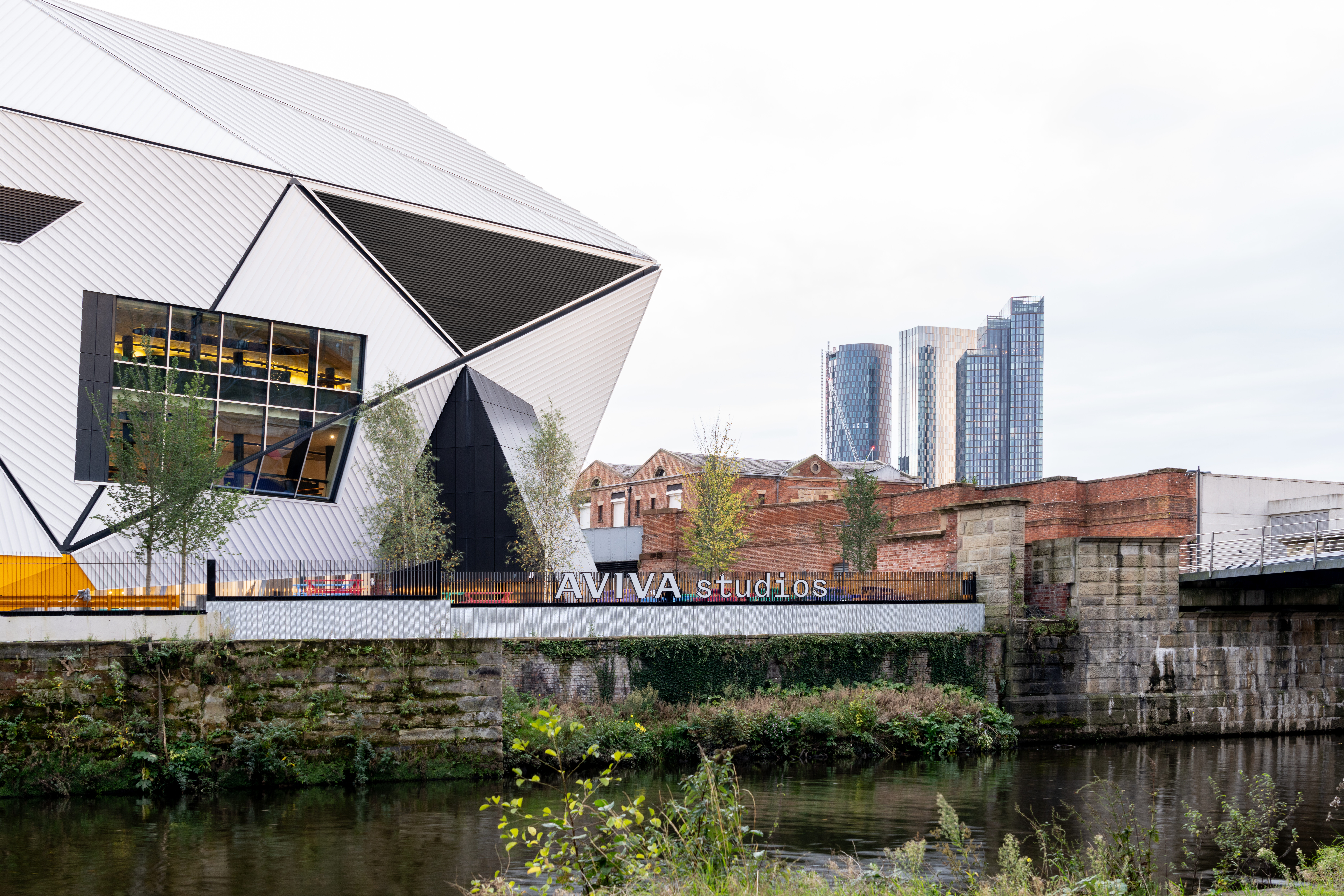What makes a perfect sponsorship partner?

Every year at The Sponsor, we conduct a survey of our audience of brand and marketing leaders to ascertain what they look for in a sponsorship opportunity. The research highlights the most common factors that need to be present for brands to maximise their return on investment. The survey reveals the evolving priorities and insights on what truly defines a perfect sponsorship partner.
The perfect sponsorship partner is not merely about having a broad reach or an impeccable reputation. It’s a multi-faceted relationship that blends visibility with value alignment, audience engagement and a mutual commitment to making a positive impact.
Reputation
Unsurprisingly, all sponsors identified the size and reach of the team or event’s audience as paramount. For some brands, particularly in the FMCG industries, this was their first, second, and third consideration when judging a new sponsorship opportunity. However, a significant portion of the respondents, particularly those from the finance and B2B sectors, identified values-based alignment as the primary area of examination.
Within these values-based alignments, responses predominantly considered a partner’s history, examining past successes and achievements. When was the team or event founded? How successful has the team or event been during its history? How does this help communicate our own heritage and trust?
Being seen as the leader or go-to provider in the market was a common theme for many sponsors. Consequently, a significant number of respondents consider a partner's perceived quality as a key criterion. What is the team or event’s current performance and reputation for success in modern times?
For tech brands in particular, infrastructure and how up to date the team or event’s physical and digital facilities are were important evaluation areas. Several luxury brands highlighted this measure by placing importance on association with best-in-class service. The final reputational brand characteristic considered by most sponsors was cultural relevance. How does the team or event behave off the pitch, and what action are they taking towards societal issues? This was particularly true of respondents from FMCG brands from the fashion and retail industry.
Audience
Despite the need for strong brand alignment between two partners, increased brand exposure remained paramount to almost all sponsors surveyed. Indeed, the single greatest benefit of sponsorship for most brands is supercharged brand awareness.
Beyond reach and exposure many individuals highlighted not only the number of eyeballs reached but whose eyeballs. One common theme was frustration with a lack of credible audience data around demographics, fan behaviour, and activity.
The results across demographics were diverse, highlighting each brand's different target audience groups, particularly concerning age demographics and affluence. However, a common thread that did emerge was the emphasis all brands place on gender ratios; even for sponsors operating in traditionally male-dominated sponsorship arenas, there was a very clear consideration of the female audience.
Social Contribution
An increasing number of sponsors identified social contributions and actions towards social challenges as important factors during the evaluation of potential partners. This theme was highlighted during the research, with 93% of respondents evaluating a team or event’s actions towards sustainability as part of their evaluation process.
85% of respondents also highlighted inclusion and equal support for female artists and athletes. These factors were followed by support for grassroots development and, most notably, support for the partner's associated community.
Experience
Collectively, across the board, the other consideration most sponsors highlighted was the extent to which clients and VIPs could be entertained through corporate hospitality. Large employers also highlighted the importance of volunteering and employee engagement within their partnership consideration and the responsiveness of those individuals charged with managing their partnership on a day-to-day basis.
Surprisingly, only a small number considered how their internal skills and know-how could help improve their partner’s offering. This is an important factor as it determines how a sponsor has helped improve an event for the fans or the wider community through their involvement. Those sponsors that demonstrate this are more likely to be perceived favourably by audiences, which impacts all those great measures of brand strength we track, like loyalty, advocacy and, most importantly, consumer behaviour, especially at the point of purchase.
While not all brands can find or afford a sponsor that ticks every one of these boxes, it is important to articulate what each brand’s perfect sponsorship partner looks like. Only then can we evaluate our hypothetical ideal sponsorship against real-world opportunities.









